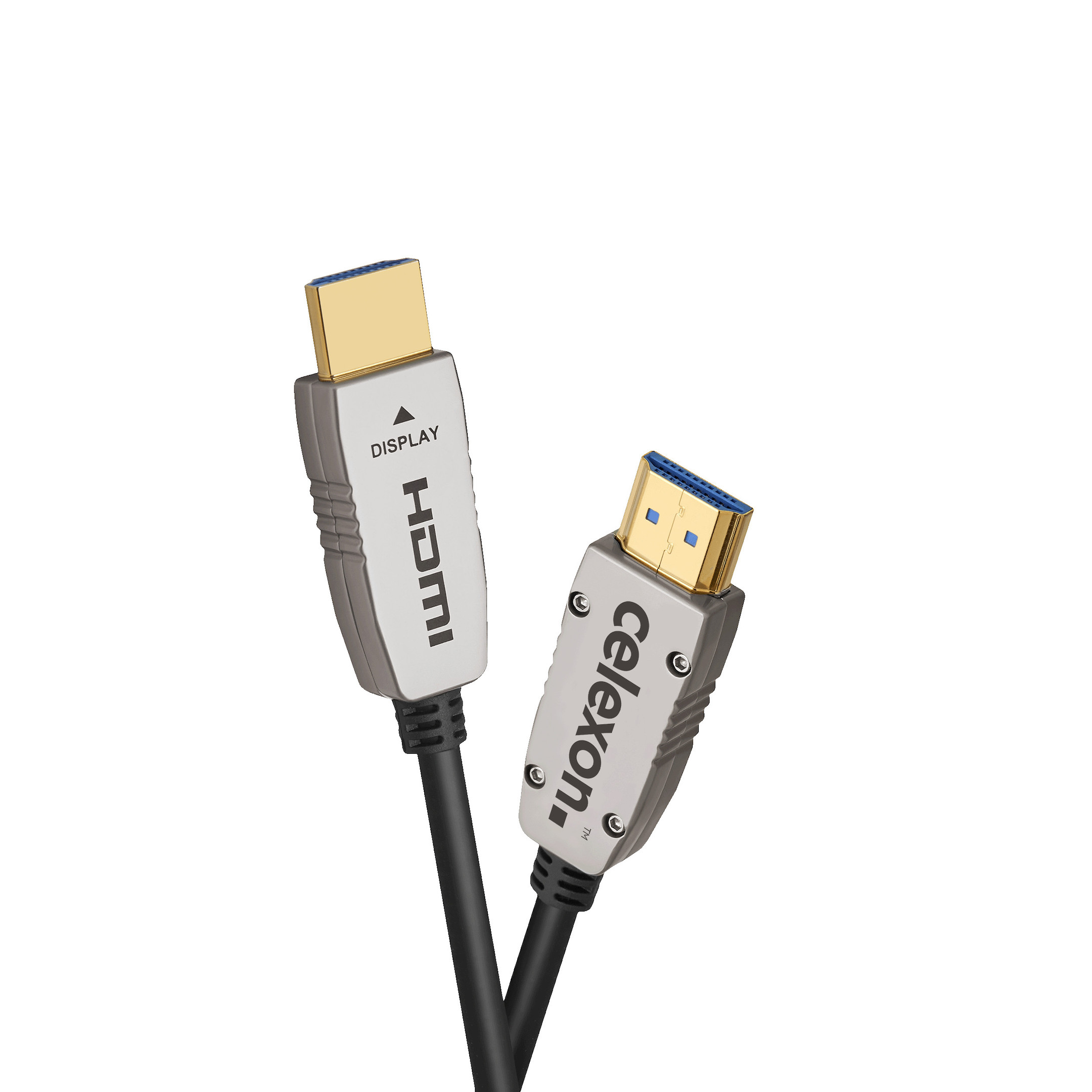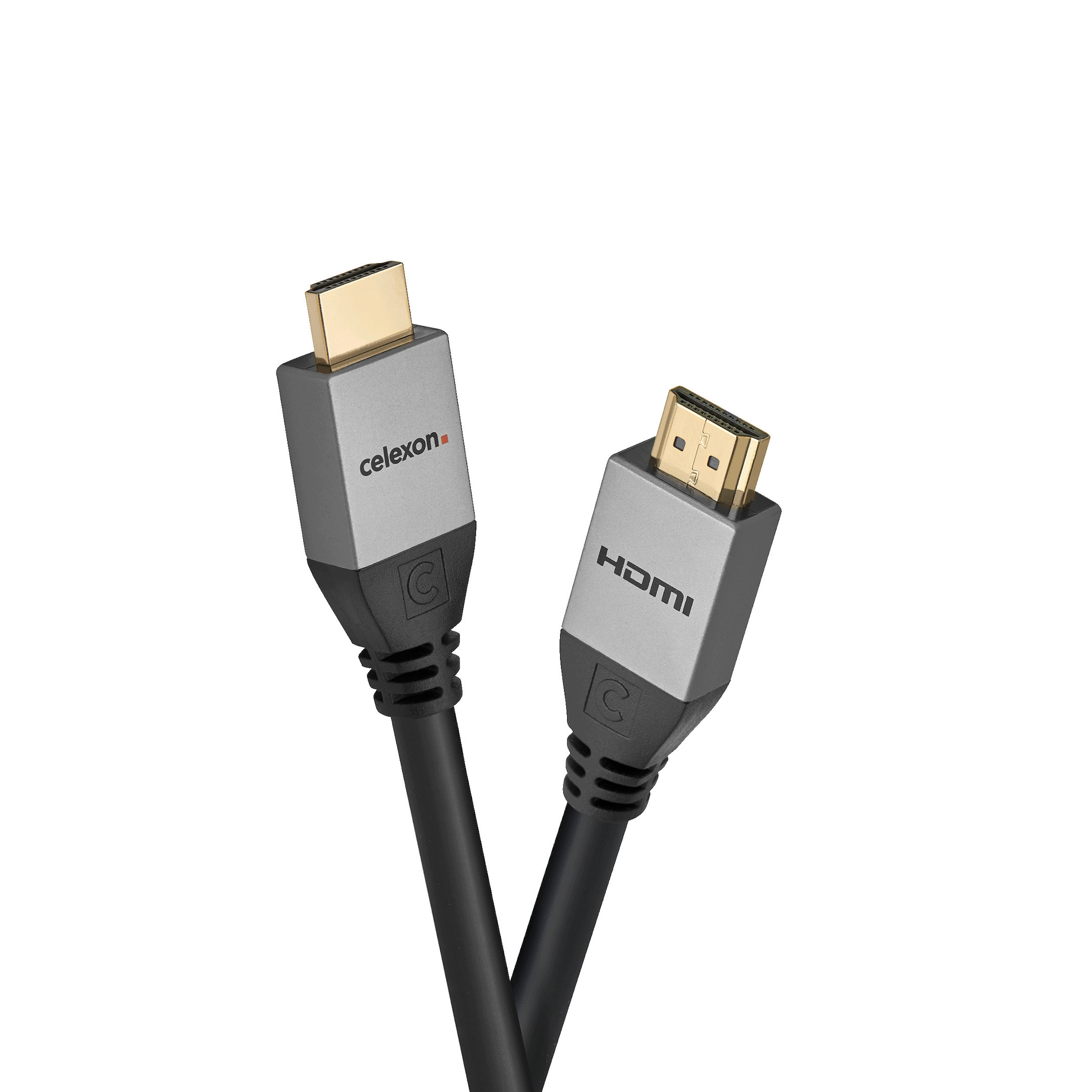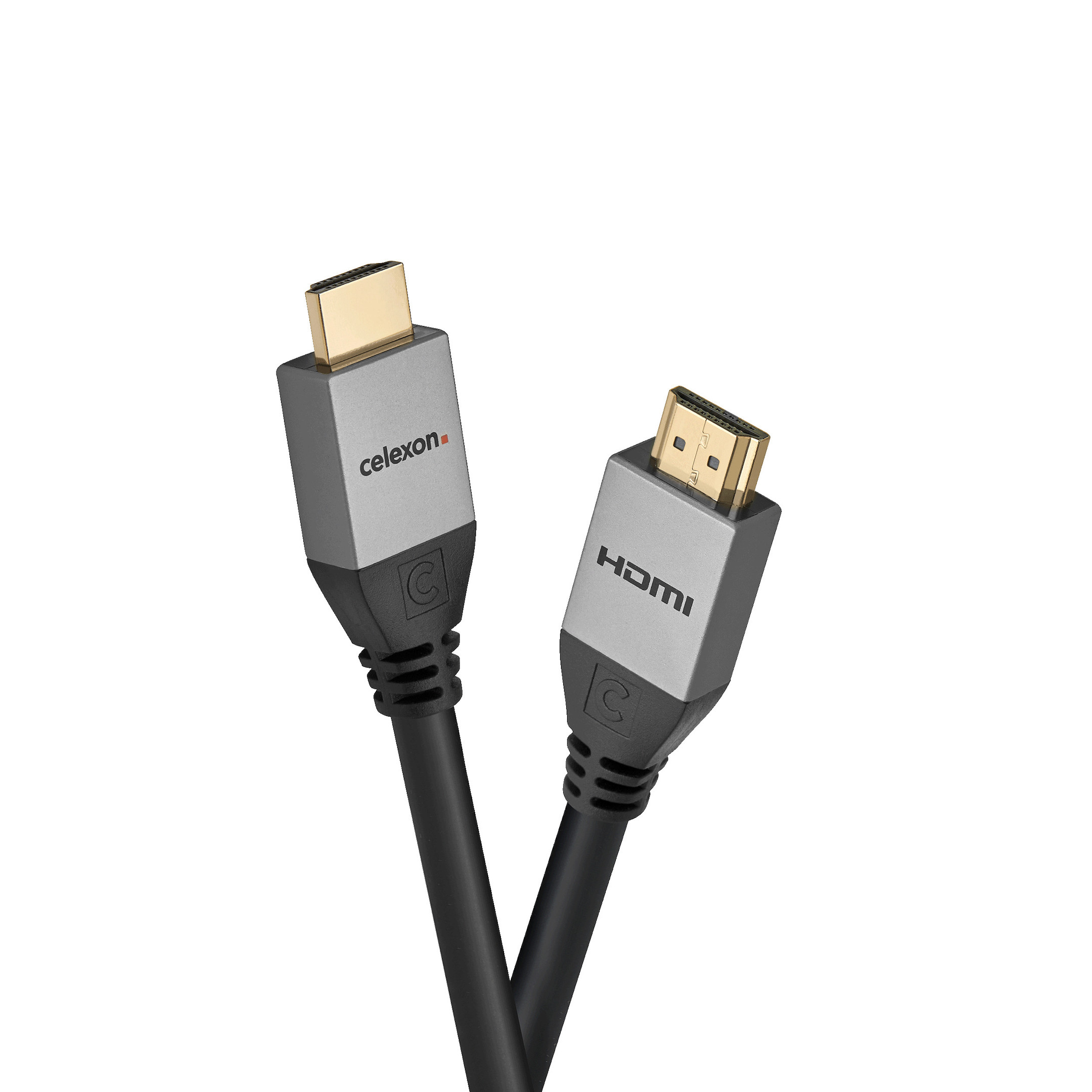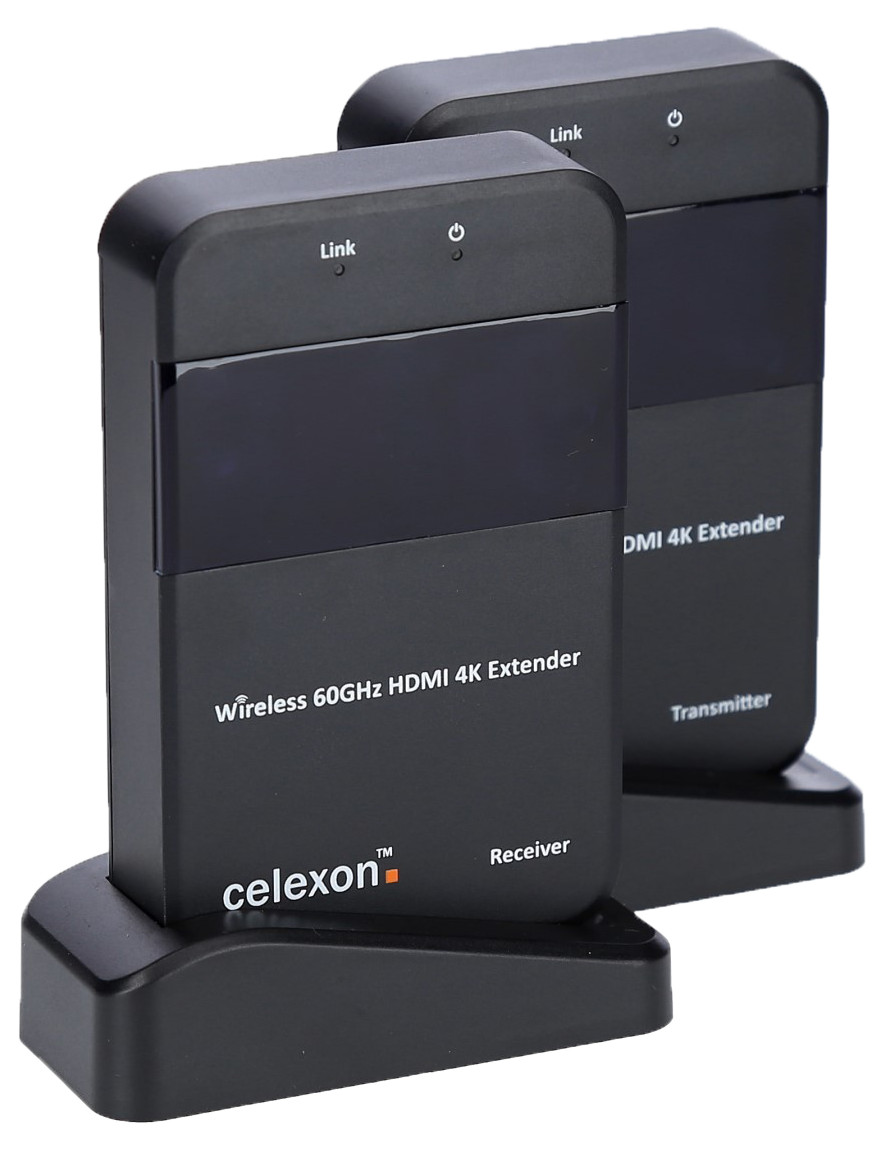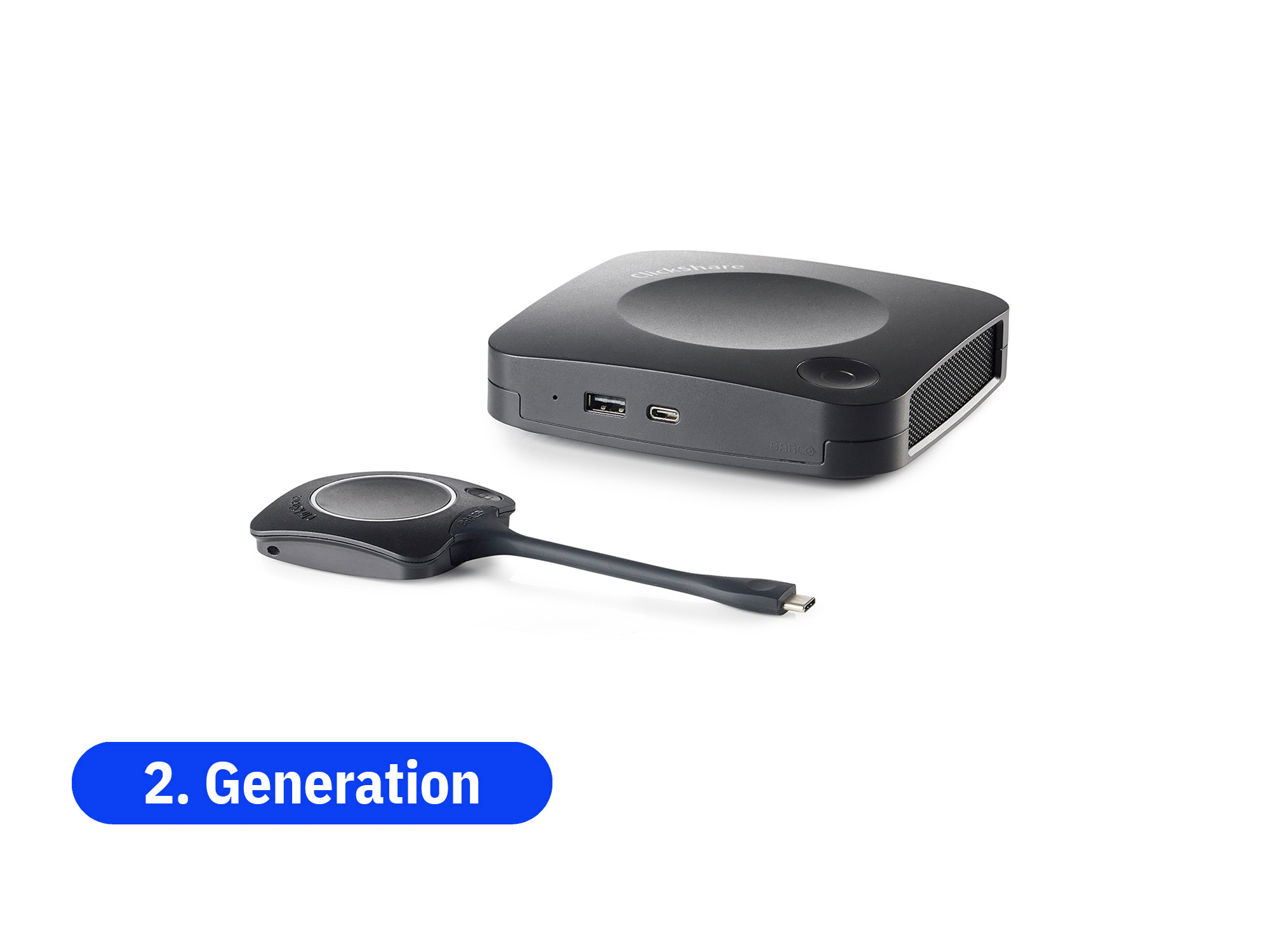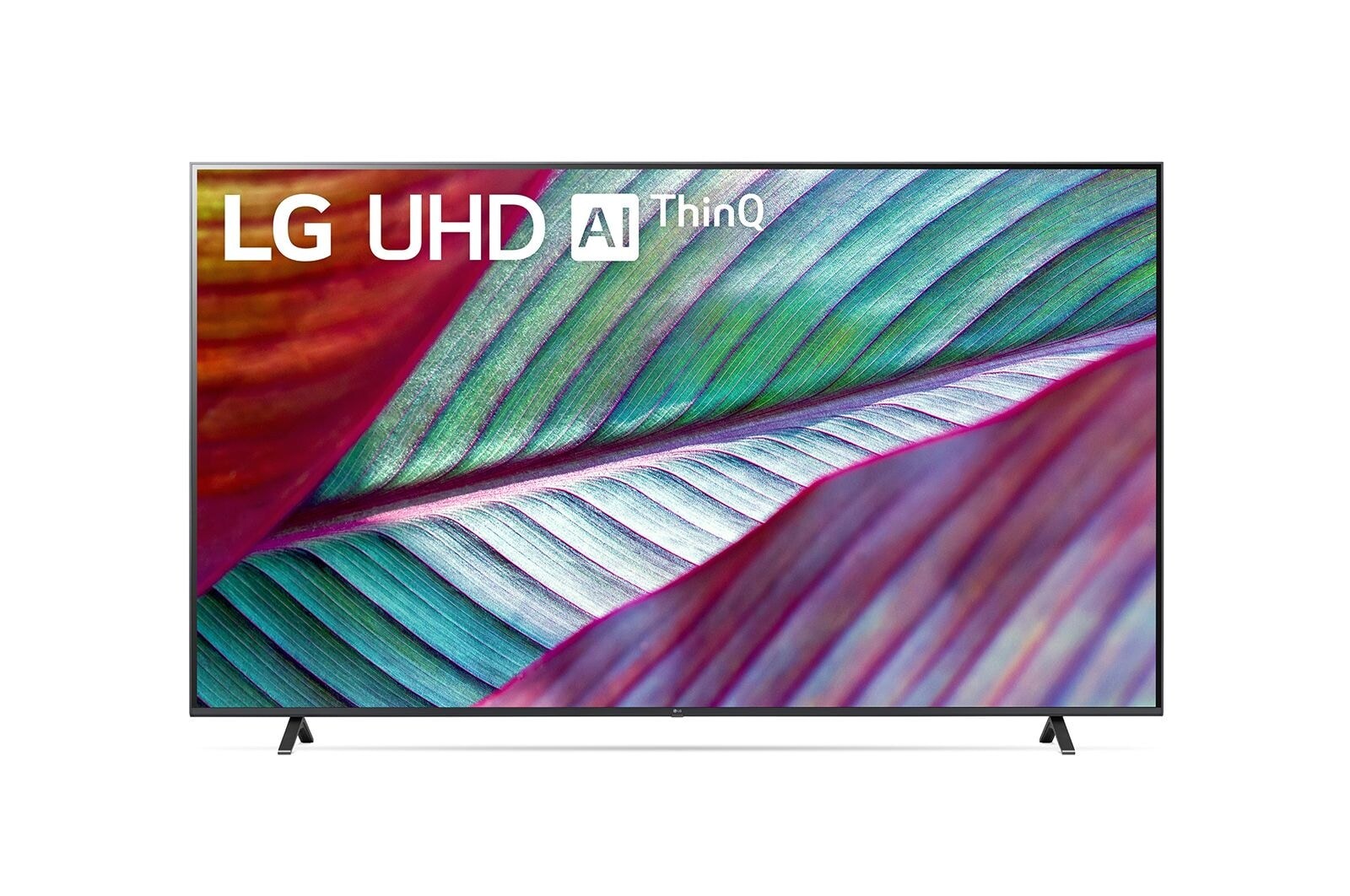



















£270.49*


Frequently purchased together
Product information
Experience entertainment on a new level with the LG Smart TV UR78. This 4K LCD TV, equipped with Direct LED backlight, delivers stunning images that are unmatched in clarity and color accuracy. The α5 Gen6 4K AI processor is at the core of the UR78, enabled by AI Sound and AI Brightness Control. These intelligent technologies automatically adapt to your viewing and listening environment to create a personalized experience that feels lifelike. Filmmaker Mode™ lets you enjoy movies the way the director intended. This feature ensures the filmmaker's original vision is captured in every frame, creating an immersive cinematic experience in your living room. The UR78 offers excellent support for HDR with HDR10 Pro and HLG.
Experience vivid and realistic images with an expanded color spectrum and contrast that enhances the depth and intensity of every scene.
The UR78 offers the following advantages:
- 4K LCD TV with Direct LED backlight
- α5 Gen6 4K AI processor with AI sound and AI brightness control
- Image as the director wanted with Filmmaker Mode™
- Good HDR support with HDR10 Pro and HLG
- Smart TV (webOS23) with Alexa and AirPlay 2/HomeKit
- HDMI (eARC, ALLMS), HGiG support and ALLM
α5 AI processor 4K Gen6
This innovative processor is at the heart of the LG UHD TV and works tirelessly to give you an immersive viewing experience. The α5 AI Processor 4K Gen6 improves every aspect of image quality. It analyzes the image in real time, optimizing colors, contrast and clarity to produce an image so realistic that you feel right in the middle of the action.
But the LG Smart TV UR78 offers more than just exceptional picture quality. The α5 AI Processor 4K Gen6 uses advanced artificial intelligence to personalize your viewing experience. Whether you're watching a blockbuster movie, streaming your favorite series, or watching a live sporting event, this processor dynamically adjusts the picture and sound quality to give you the best experience.

Redefine the scope of 4K
The LG Smart TV UR78 is equipped with advanced upscaling technology that transforms your standard content into impressive 4K quality. Everything from old movies to standard TV shows are presented with increased sharpness and detail, allowing you to experience them in a quality that was previously hidden from you.
The UR78's large UHD screens offer not only increased resolution, but also vivid colors and deep blacks to produce an image so lifelike it seems close to touching. The clarity and precision this TV delivers are second to none, and every scene is rendered with a level of detail that immerses you right in the action.
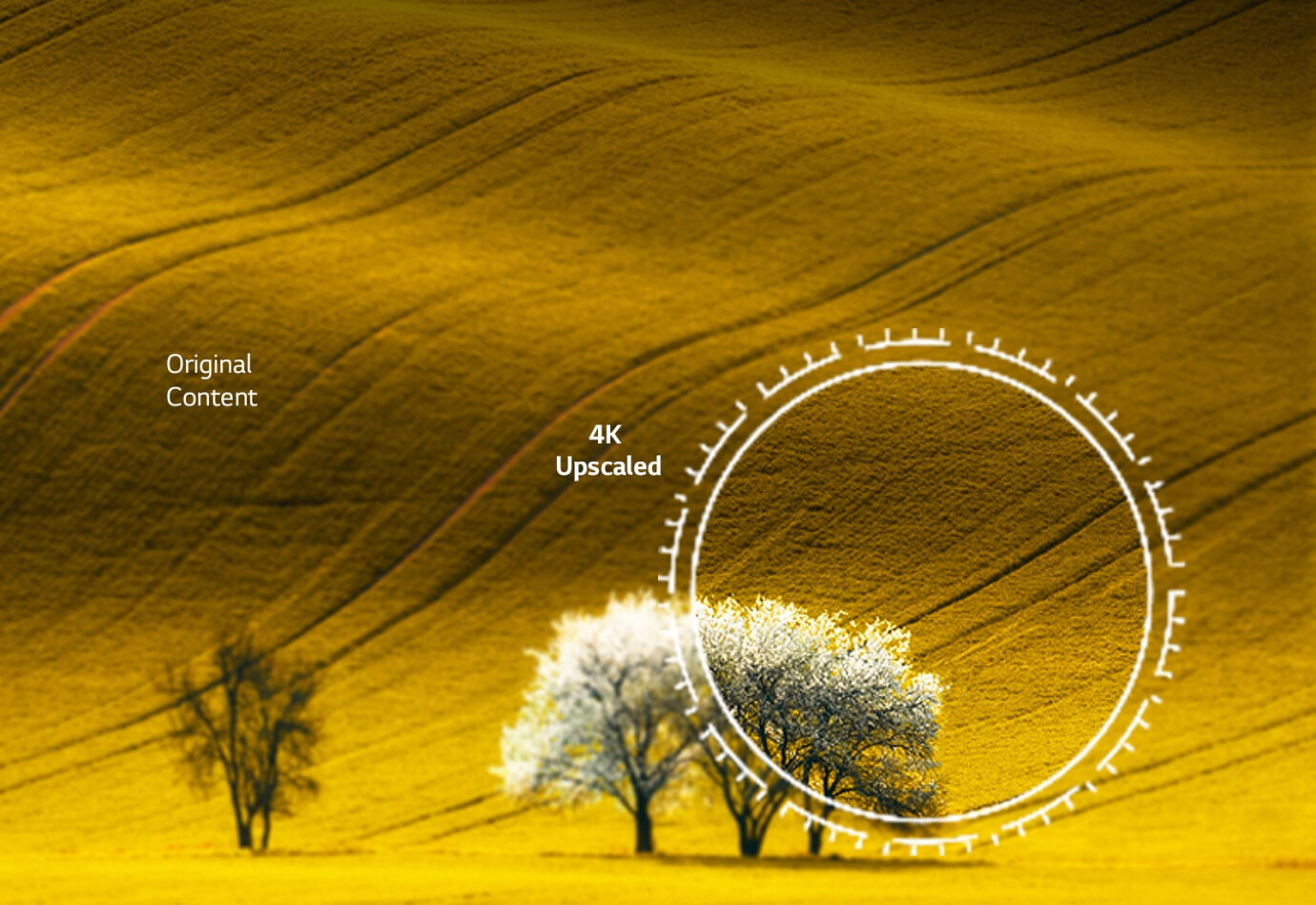
AI brightness control
AI Brightness Control in the UR78 uses advanced algorithms to continuously adjust the brightness of the screen based on the ambient lighting. Whether you're watching a movie in daylight or enjoying a late-night show with the lights dimmed, this feature ensures the brightness is always just right. The result is a more comfortable viewing experience that is gentle on your eyes while optimizing image quality.
This intelligent feature distinguishes the LG Smart TV UR78 from other televisions. It means you no longer have to manually adjust brightness and other image settings as the lighting conditions in your room change. The UR78 makes all of these adjustments for you, so you can sit back and enjoy your viewing experience in any environment.
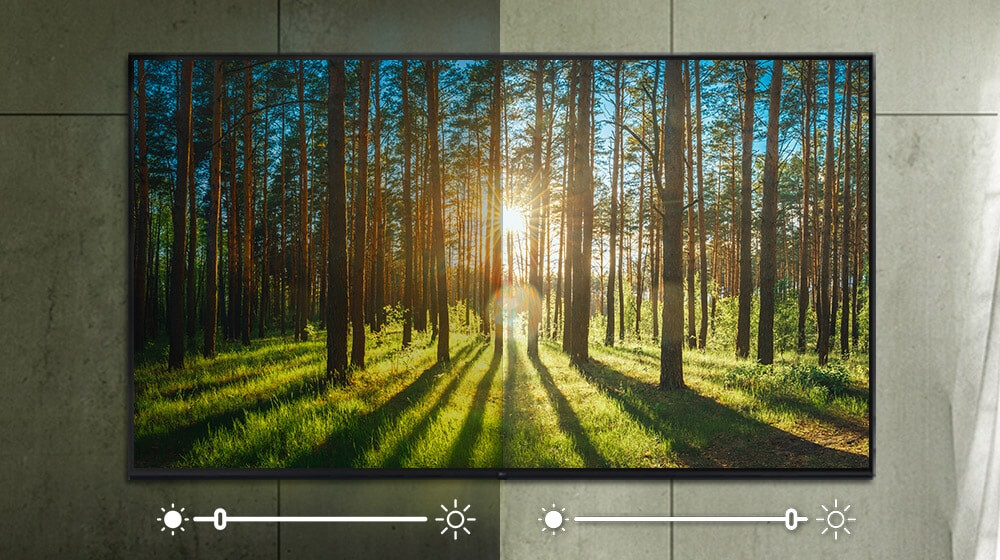
WOW interface
The UR78 gives you the ability to control your soundbar directly from your LG TV's settings menu. This seamless integration means you no longer have to switch between different remote controls or apps to get the perfect listening experience. Everything you need is available directly in your UR78's menu.
Controlling your soundbar via the UR78 is not only convenient, but also incredibly precise. You have full control over volume, balance, equalizer settings and more, all from a clean and easy-to-use interface. You can set your soundbar to perfectly match what you're watching, be it an action-packed movie, a live concert or a news broadcast.

webOS 23 new home
webOS 23 new Home is the heart of the UR78 and is designed to put you at the center. It allows you to not only access your favorite content but also set up your viewing preference. Whether streaming services, live TV, games or apps – everything is clearly organized and just a click away.
The webOS 23 new Home interface is elegant and user-friendly, making navigating your content a breeze. You can pin your most frequently used apps and services so they're always within easy reach. Personalized recommendations ensure you always find something exciting to watch based on your preferences and viewing habits.

Quick card
The UR78 lets you fully customize your home screen interface by creating cards for your most frequently used apps and services. Want Netflix, YouTube, Hulu, or a local news app at your fingertips? Simply create a card for each service and arrange them however you like. Navigation is easier than ever before.
But the customization options don't end there. You can also swap and rearrange cards as desired, so you're always in control of what's important to you. With just a few clicks, you can quickly jump to your content without wasting time searching.
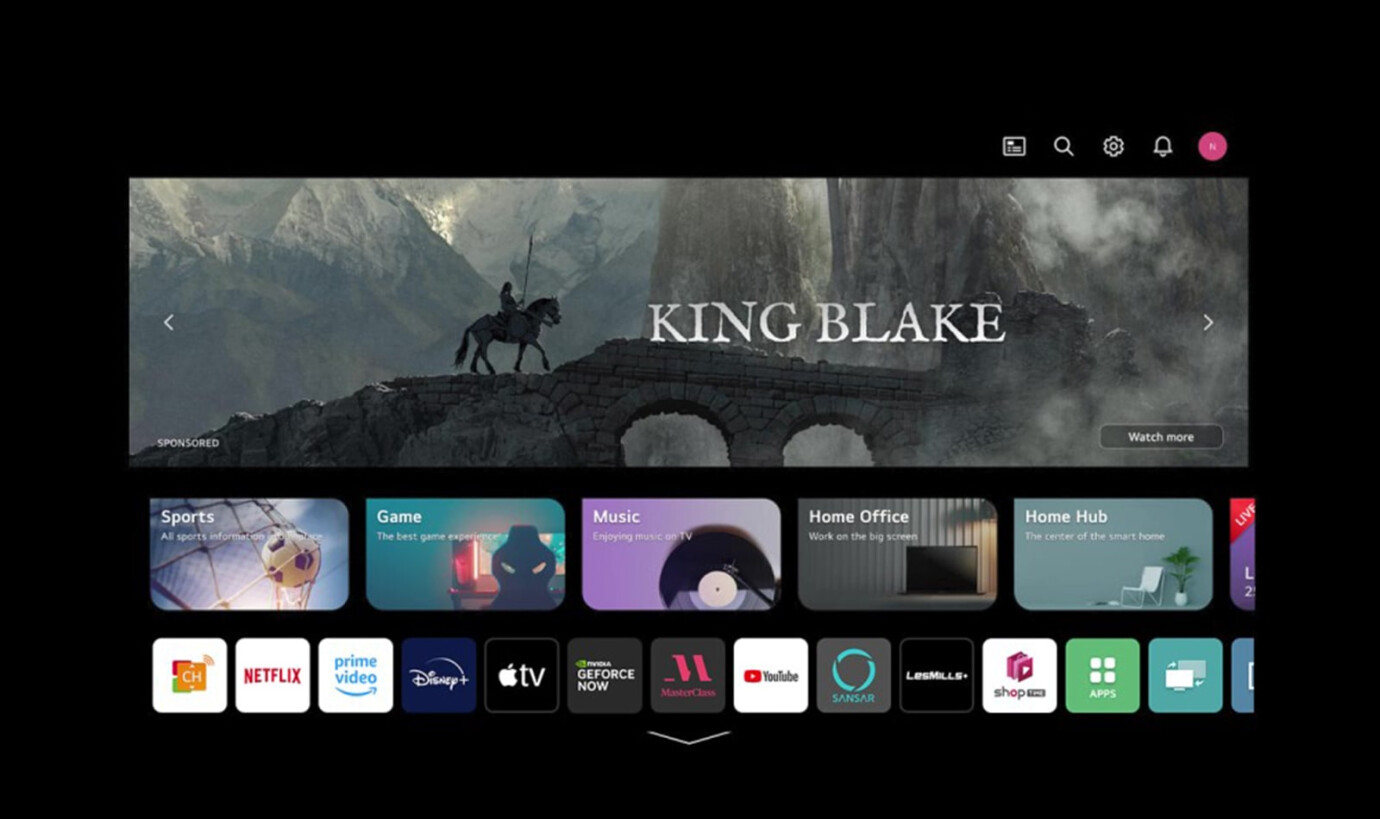
Smart Assistant & Connectivity
Apple AirPlay lets you stream content from your Apple devices directly to the UR78's large screen. Whether it's photos, videos or your favorite music, transferring is easy and intuitive. Thanks to HomeKit support, controlling your smart home becomes child's play. The LG UR78 allows you to monitor and control connected devices such as lighting, thermostats and security systems. Everything is easily accessible via the TV menu or your voice.
The integration of Matter, the new standard for connected devices, takes compatibility and functionality to a whole new level. Matter enables greater interoperability between devices from different brands, creating a more reliable, secure connection.
Voice control makes the experience even more comfortable. Get information, control your devices or start your favorite show - all with simple voice commands.

Entertainment
Designed with the modern media consumer in mind, this advanced UHD TV offers direct access to popular platforms such as Netflix, Amazon Prime Video, Hulu, Disney+ and many more. All you have to do is log in to your account and you're ready to explore thousands of movies, shows and exclusive content.
The UR78's user-friendly interface makes navigating these platforms a breeze. Find exactly what you're looking for or get inspired with personalized recommendations. Clear and responsive navigation ensures you spend less time searching and more time enjoying.
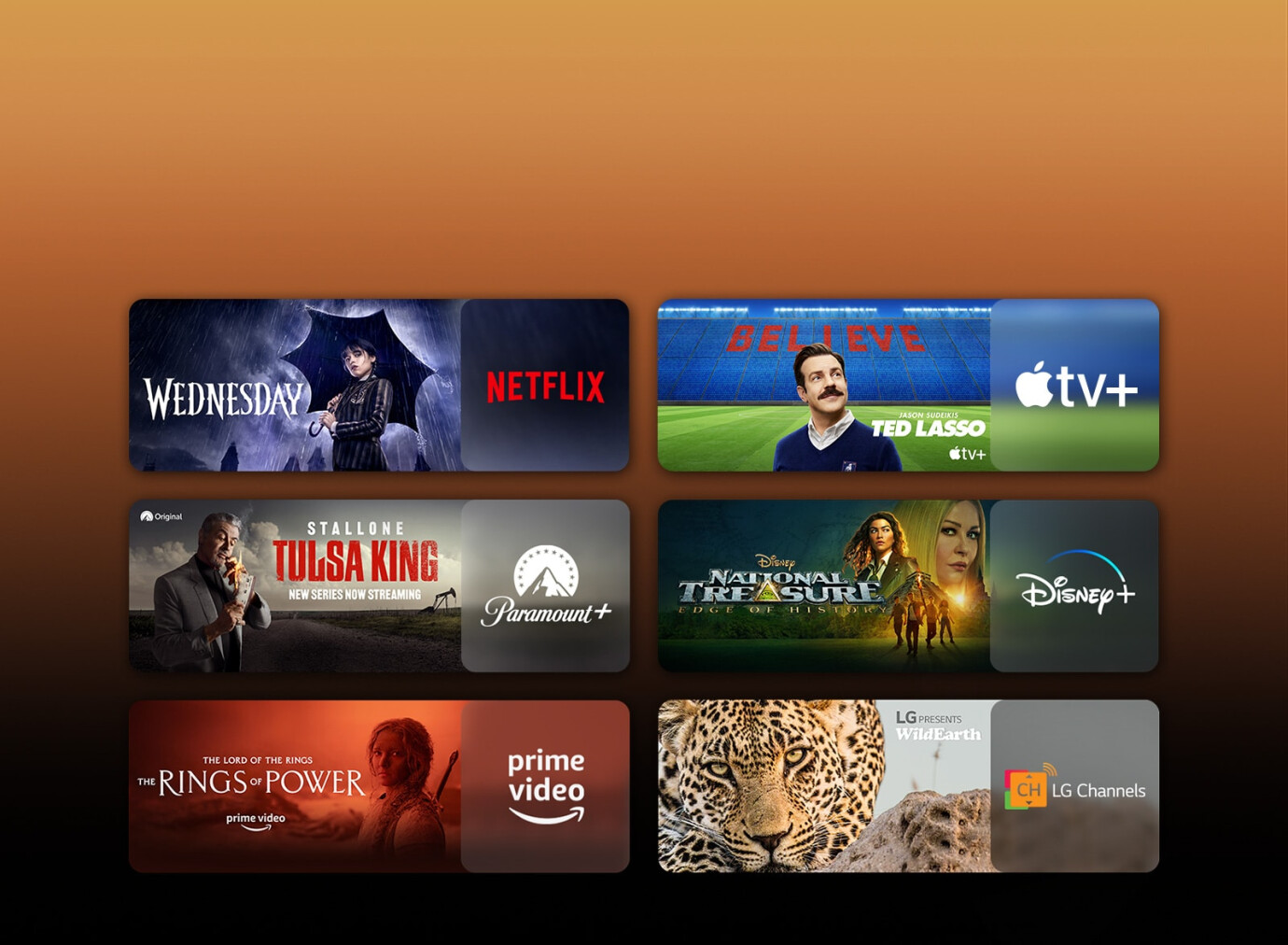
Game Optimizer & Dashboard
The UR78's Game Dashboard is your central hub for all game-related settings. Here you'll find everything you need to make your gameplay exactly how you want it. Whether it's refresh rates, color profiles or sound settings - everything is in one place and easily accessible.
One of the Game Dashboard's groundbreaking features is the ability to quickly change the settings of the current game genre. Do you play a fast-paced racing game and then switch to an atmospheric RPG? With just a few clicks, you can adjust your TV's settings according to genre to ensure the best possible experience.
The game dashboard is not only functional, but also intuitive to use. Even if you're new to the world of gaming settings, you'll quickly figure out how to optimize your experience. The clear interface and easy-to-understand options make customization a breeze.
Technical data
| Name | LG 43UR78 43" upscaled display with blockbuster quality in 4K, AI processor & Filmmaker Mode™ |
|---|---|
| Article number | 1000028787 |
| GTIN/EAN | 8806084404923 |
| Manufacturer SKU | 43UR78006LK |
| Model name | 43UR781 |
| Brand | LG |
| Product Type | Non-Touch Display |
| Technology | LED Technology LED: LED is a lighting technology. With LED technology, diodes are used as illuminants and not conventional UHP lamps. The advantage of this technology is that the diodes do not use a filament and practically do not consume energy. However, LEDs have a more bluish colour range than UHP lamps, which is why the image is often perceived as somewhat colder. Colour wheel: Besides the DMD chip, the colour wheel is one of the most important criteria for image generation in DLP projectors. The colour wheel rotates constantly at extremely high speed and currently has 3, 4, 5 or, in some cases, even more colour segments. Through the colour wheel, the light from the projector lamp is alternately broken down into the primary colours red, green and blue practically without interruption. In modern projectors, the colour wheel also contains white and sometimes other colours such as cyan, magenta and yellow. With 3 segments, the colour wheel rotates at 3600 or 7200 rpm, with 7 segments at up to 14400 rpm. (4x speed). Each colour perceived by the eye in a DLP projector is therefore an extremely fast sequence of individual, differently coloured light beams until the actual processing. Because this technology sometimes does not use all the colour positions of the colour wheel for high-contrast images, or because the colours required for colour mixing are arranged far apart on the wheel, some viewers recognise the rainbow effect. This characteristic is more noticeable with slower colour wheels and slower rotation speeds than with projectors with faster and more frequently segmented colour wheels. |
| panel technology | IPS |
| Resolution | 3840 x 2160 4K UHD Resolution Resolution: The resolution of a projector is the maximum number of image points (pixels) that a projector can display based on its naturally existing technology, i.e. without conversion or cropping of the image. The native resolution is the number of pixels that a projector physically has to display the image. A projector usually interpolates a resolution when it receives an image signal with a higher resolution than the native one. If this is the case, there may be a lack of image detail or general blurring in the displayed image. If a projector receives an image signal with a lower resolution than the native, it also interpolates, it scales the image up to the native resolution, calculates corresponding additional pixels, if possible without changing the image information. The disadvantage here is that although the image is displayed larger than fed, the original individual pixels may become much more visible as they are multiplied by the conversion. 4K: 4K refers to the resolution of 3840 x 2160 or Ultra High Definition Television (UHDTV). This resolution corresponds to 4 times the resolution of Full HD. To record films with this resolution, special cameras are needed that can record at around 8 megapixels (4K). Full HD: The term Full HD is used to describe devices that can physically display or output HDTV signals in full (1920 x 1080 pixels). 1080p: 1080p is the specification of the vertical picture lines. Among other things, it refers to the resolution 1920 x 1080. The "p" in this case means full frames, so all picture lines are displayed simultaneously. 1080i: 1080i is the specification of the vertical picture lines. The "i" in this case means fields. This signal is usually displayed interpolated (e.g. by devices with a 1280 x 720 HDready resolution). The interpolation digitally adds pixels, but also offers a slight blurring. In contrast, 1080p playback uses full frames. |
| Diagonal | 43" |
| Aspect Ratio | 16:9 Aspect Ratio Format: The projected image is output in a format (aspect ratio) specified by the projector. The format is also determined by the resolution of the projector (see also the entry "Resolution"). The screen format is usually selected on the basis of the format of the beamer image. The most common formats are 4:3, 16:9 and 16:10. |
| Viewing angle - Horizontal | 178° Viewing angle - Horizontal Viewing angle: The viewing angle indicates the distance from the centre line at which the projected image is perceived as being of good quality without restrictions. As a rule, the horizontal viewing angle is specified. A good viewing angle lies within a range of 110 to 130 degrees from the centre of the picture, i.e. 55 to 65 degrees to the left and 65 to the right. If you are outside the viewing angle, the picture deteriorates disproportionately. |
| Viewing angle - Vertical | 178° Viewing angle - Vertical Viewing angle: The viewing angle indicates the distance from the centre line at which the projected image is perceived as being of good quality without restrictions. As a rule, the horizontal viewing angle is specified. A good viewing angle lies within a range of 110 to 130 degrees from the centre of the picture, i.e. 55 to 65 degrees to the left and 65 to the right. If you are outside the viewing angle, the picture deteriorates disproportionately. |
| Support - VESA | 200 x 200 |
| Inputs | 1x Ethernet , 2x USB-A , 3x HDMI Inputs HDMI: Digital connection for the transmission of picture & sound. Necessary for high-resolution picture quality (HDTV). Since HDMI 1.4 (High Speed) suitable for transmission of 3D content in Full HD. For high-resolution picture quality in UHD, 4K or HDR, the connection via HDMI 2.0a and higher is suitable. HDMI 2.1 or higher should be used from 120Hz refresh rate in 4K. VGA: The VGA connector is a 15-pin connector for analogue image transmission. It is also called DSub15 and is often found on notebooks and PCs. Compared to the other analogue connections, it offers good picture quality. It can be screwed to the input or output device and can be adapted to YUV with a suitable configuration. DisplayPort: The DisplayPort connection is a VESA-standardised connection for the transmission of image and sound data. In addition to HDCP encryption, DPCP is also supported. Due to its compact size, the connection is most commonly used in notebooks. An extra small variant is the MiniDisplayPort, which is used especially with Apple devices. DVI: DVI (Digital Visual Interface) is an interface for the transmission of video data. Only analogue signals can be transmitted via DVi-A, only digital signals via DVI-D and both types of signals via DVI-I. USB: USB (Universal Serial Bus) is used to control and manage the projector (USB-B). With some business devices, office files and images can also be presented directly with a USB stick or a mouse can be connected via the USB input (USB-A). Toslink: The Toslink connection is an optical signal connection that works on an optical fibre basis. It is used for the digital transmission of audio signals. The optical design offers a lower susceptibility to interference from external magnetic and electrical influences. The connection is mostly used in the area of DVD / Blu-ray players and comparable devices in connection with an AV receiver, if these work with dts or Dolby Digital signals. YUV: The YUV connection, also called Y Cb/Pb Cr/Pr or component connection, is an analogue video connection with three channels (light intensity and two colour channels). Qualitatively, it is the best analogue video connection. Component cable: The YUV connector transmits analogue signals over three cables (Y=black and white UV=colours). YUV is used to transmit HDTV and is compatible with Cinch, for example. S-Video: The S-Video connection is also called S-VHS or Hosiden connection. Compared to the Cinch video connection, it works with two channels (brightness/colour). In terms of quality, it is somewhat better than the Cinch video connection, but there are also limitations. These can be explained by the susceptibility of the signal, which is reflected in picture distortions, for example. Cinch: The cinch video connection is also called composite connection. To make it easier to recognise, it is usually sheathed in yellow. Since the transmission is only via one channel, the picture quality is on a low level. D-Sub15: The VGA connector is a 15-pin connector for image transmission on an analogue basis. It is also called DSub15 and is often found on notebooks and PCs. Compared to the other analogue connectors, it offers good picture quality. It can be screwed to the input or output device and can be adapted to YUV with a suitable configuration. RS232: The RS232 interface can be used to control or manage the projector. Mini Jack: With a single-pin Mini Jack, mono audio signals can be transmitted, with a two-pin stereo audio signals and with a three-pin stereo audio signals and image data can be transmitted. Scart: Scart is a connector that can be used to transmit analogue audio and video signals. It is compatible with other analogue connections such as RCA or S-Video. ARC: The audio return channel, also called ARC or audio return channel, was introduced with HDMI version 1.4 to reduce the amount of cabling between HDMI components. The audio return channel runs via the existing HDMI cable. Therefore, an additional cable for the sound no longer needs to be connected. However, both devices must support ARC. All audio file formats that are also transmitted via the SPDIF interface can be transmitted via the audio return channel. These include Dolby Digital, Digital Theatre Sound and PCM audio. As an example, a connection between a TV (including receiver) and an AV receiver could be made via an HDMI cable. The sound from the TV is fed back via the HDMI cable. Previously, an additional digital cable (coaxial or Tos-Link) was required for the audio signals. |
| Outputs | 1x 3,5mm Jack Outputs HDMI: Digital connection for the transmission of picture & sound. Necessary for high-resolution picture quality (HDTV). Since HDMI 1.4 (High Speed) suitable for transmission of 3D content in Full HD. For high-resolution picture quality in UHD, 4K or HDR, the connection via HDMI 2.0a and higher is suitable. HDMI 2.1 or higher should be used from 120Hz refresh rate in 4K. VGA: The VGA connector is a 15-pin connector for analogue image transmission. It is also called DSub15 and is often found on notebooks and PCs. Compared to the other analogue connections, it offers good picture quality. It can be screwed to the input or output device and can be adapted to YUV with a suitable configuration. DisplayPort: The DisplayPort connection is a VESA-standardised connection for the transmission of image and sound data. In addition to HDCP encryption, DPCP is also supported. Due to its compact size, the connection is most commonly used in notebooks. An extra small variant is the MiniDisplayPort, which is used especially with Apple devices. DVI: DVI (Digital Visual Interface) is an interface for the transmission of video data. Only analogue signals can be transmitted via DVi-A, only digital signals via DVI-D and both types of signals via DVI-I. USB: USB (Universal Serial Bus) is used to control and manage the projector (USB-B). With some business devices, office files and images can also be presented directly with a USB stick or a mouse can be connected via the USB input (USB-A). Toslink: The Toslink connection is an optical signal connection that works on an optical fibre basis. It is used for the digital transmission of audio signals. The optical design offers a lower susceptibility to interference from external magnetic and electrical influences. The connection is mostly used in the area of DVD / Blu-ray players and comparable devices in connection with an AV receiver, if these work with dts or Dolby Digital signals. YUV: The YUV connection, also called Y Cb/Pb Cr/Pr or component connection, is an analogue video connection with three channels (light intensity and two colour channels). Qualitatively, it is the best analogue video connection. Component cable: The YUV connector transmits analogue signals over three cables (Y=black and white UV=colours). YUV is used to transmit HDTV and is compatible with Cinch, for example. S-Video: The S-Video connection is also called S-VHS or Hosiden connection. Compared to the Cinch video connection, it works with two channels (brightness/colour). In terms of quality, it is somewhat better than the Cinch video connection, but there are also limitations. These can be explained by the susceptibility of the signal, which is reflected in picture distortions, for example. Cinch: The cinch video connection is also called composite connection. To make it easier to recognise, it is usually sheathed in yellow. Since the transmission is only via one channel, the picture quality is on a low level. D-Sub15: The VGA connector is a 15-pin connector for image transmission on an analogue basis. It is also called DSub15 and is often found on notebooks and PCs. Compared to the other analogue connectors, it offers good picture quality. It can be screwed to the input or output device and can be adapted to YUV with a suitable configuration. RS232: The RS232 interface can be used to control or manage the projector. Mini Jack: With a single-pin Mini Jack, mono audio signals can be transmitted, with a two-pin stereo audio signals and with a three-pin stereo audio signals and image data can be transmitted. Scart: Scart is a connector that can be used to transmit analogue audio and video signals. It is compatible with other analogue connections such as RCA or S-Video. ARC: The audio return channel, also called ARC or audio return channel, was introduced with HDMI version 1.4 to reduce the amount of cabling between HDMI components. The audio return channel runs via the existing HDMI cable. Therefore, an additional cable for the sound no longer needs to be connected. However, both devices must support ARC. All audio file formats that are also transmitted via the SPDIF interface can be transmitted via the audio return channel. These include Dolby Digital, Digital Theatre Sound and PCM audio. As an example, a connection between a TV (including receiver) and an AV receiver could be made via an HDMI cable. The sound from the TV is fed back via the HDMI cable. Previously, an additional digital cable (coaxial or Tos-Link) was required for the audio signals. |
| Features | HDR10+ , HLG , Integrated speaker |
| Product width | 96.7 cm |
| Product height | 56.4 cm |
| Product depth | 5.71 cm |
| Weight | 8.8 kg |
| Colour | Black |
| EEK Spectrum | A to G |
| Energy efficency class | G |
| Delivery contents | Power cable , Remote control |
| Condition | New |
| Warranty | 24 Month |
| Warranty type | Bringin service Service and support information |
Manufacturer's warranty information:
Here you will find more detailed information on the different types of warranty. Please refer to our manufacturer overview for contact details and warranty conditions for the corresponding warranty claim. Statutory warranty rights are not restricted by an additional manufacturer's warranty. Our liability for defects is governed by law. Defect rights can be claimed free of charge.




